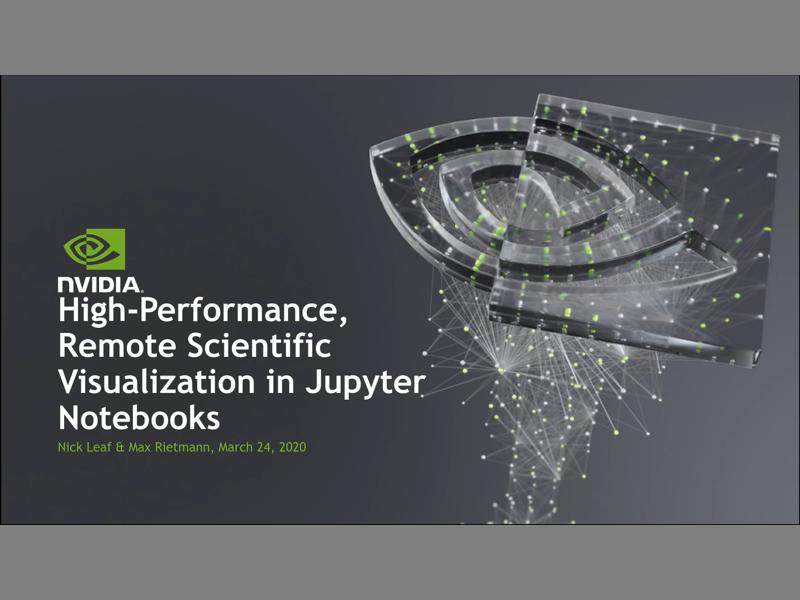

PARAVIEW CLUSTER INSTALL
$ nvm install 6Īlternatively, download and run node. Once nvm is installed, restart the terminal and run the following command to install Node.js. The best way to install Node.js is with nvm. Linux (Fedora, Red Hat, CentOS): sudo yum install git-core.Linux (Ubuntu, Debian): sudo apt-get install git-core.Mac: Install it with Homebrew, MacPorts or installer.After Xcode is installed, open Xcode and go to Preferences -> Download -> Command Line Tools -> Install to install command line tools. Please install Xcode from the App Store first. You may encounter some problems when compiling. If not, please follow the following instructions to install all the requirements. If your computer already has these, congratulations! Just install ParaViewWeb Visualizer with npm: $ npm install pvw-visualizer -save However, you do need to have a couple of other things installed first: Installing ParaView Visualizer as a dependency inside your Web project is quite easy. We provide a generic launcher implementation using Python which could be replaced with something more appropriate to your infrastructure.ģ) Configure your network to forward the WebSocket connection to the proper backend host running the ParaView server.įor better rendering performance, the ParaView server should run on a GPU machine.Īddition information on alternate setups are available here: $ Visualizer -paraview /Applications/paraview.app -data ~/Desktopįor production usage, ParaView Visualizer should be deployed within your Web infrastructure following the proper requirements:ġ) Serve the Visualizer application to the client (Static content: JS + HTML) using any kind of Web server (Apache, Nginx, Tomcat, Node…).Ģ) Enable the client to start a new ParaView process on the server side (Cluster). In order to install and execute the Visualizer application on your system from your command line environment, just run the following commands assuming Node is available on your system: $ npm install -g pvw-visualizer ParaView bundles the ParaView Visualizer application.Īlthough using ParaView Visualizer from the command line via Node and NPM could be easier for trying it out. ParaView Visualizer requires ParaView 5.2+ which can be downloaded here. If you encounter a problem and can’t find the solution here, please submit a GitHub issue. It only takes few minutes to set up ParaView Visualizer. => Open your browser to $ cd ParaView-5.10.0-Windows-64bit => Open your browser to $ cd ParaView-5.10.0-Linux-64bit Please find below how you can start a local web server to try it out. Therefore it is not really needed to install anything. ParaView already come with Visualizer and allow you to run it from the command line. The ParaViewWeb Visualizer aims to provide a ParaView-like application for your browser. The Visualizer application can be used locally as a command line tool (demo-mode) or remotely when properly deployed. ParaView Visualizer is a standalone application that leverages ParaView capabilities on the backend to produce interactive visualizations over the Web. If you encounter any problems when using ParaView Visualizer, you can find the solutions in Troubleshooting or ask us on GitHub or Mailing list. Visualize your movies overnight.The ParaView Visualizer is a Web application that enables scientific visualization on the Web using a ParaView backend for data processing and rendering. If you don’t need the variable data, DON’T LOAD IT….If you are disk IO bound, you are basically running too big of a dadaset on too small of a computer. If you are rendering bound, make sure that your NVidia graphics is enabled. You are probably either rendering bound (which you suspect) or disk IO bound (which Mathieu mentioned).You can turn on multiple processing in the Edit/ Settings (possibly Advanced) dialog.Thus, with the exception of what you are trying to do (I suspect load large data without a cluster), ParaView works well. The reason is that it is designed to actually run with the back end (the server) on multiple cores of some (or many) nodes - on a cluster or supercomputer. I am getting clarification on this, but I believe ParaView is NOT multithreaded.How did you generate the dataset? It looks like you have spread files, thus multiple cores?.When you open your data, before doing anything else, in the Information tab (next to the Properites tab), how many cells and points do you have?.

The data exploration can be done interactively in 3D or programmatically using ParaView's batch processing capabilities. ParaView users can quickly build visualizations to analyze their data using qualitative and quantitative techniques. How are you rendering? Volume rendering or surface with edges? ParaView is an open-source, multi-platform data analysis and visualization application.First off, we need to see your pipeline browser, That is the window upper left.


 0 kommentar(er)
0 kommentar(er)
